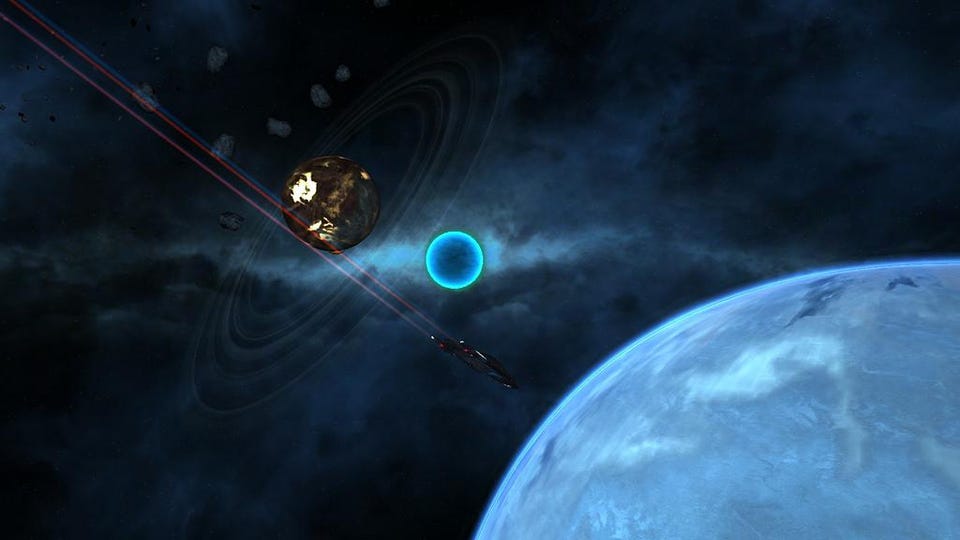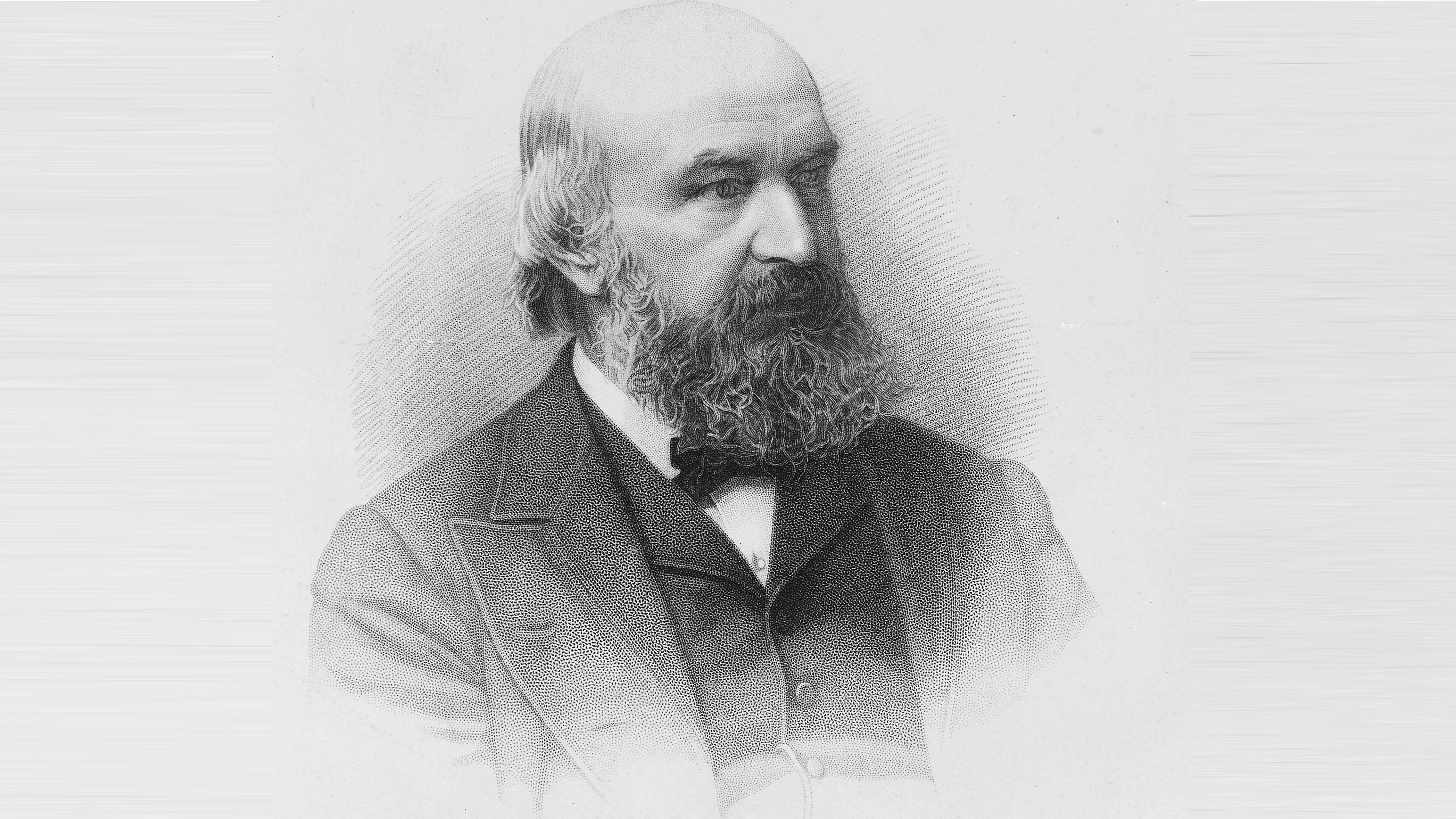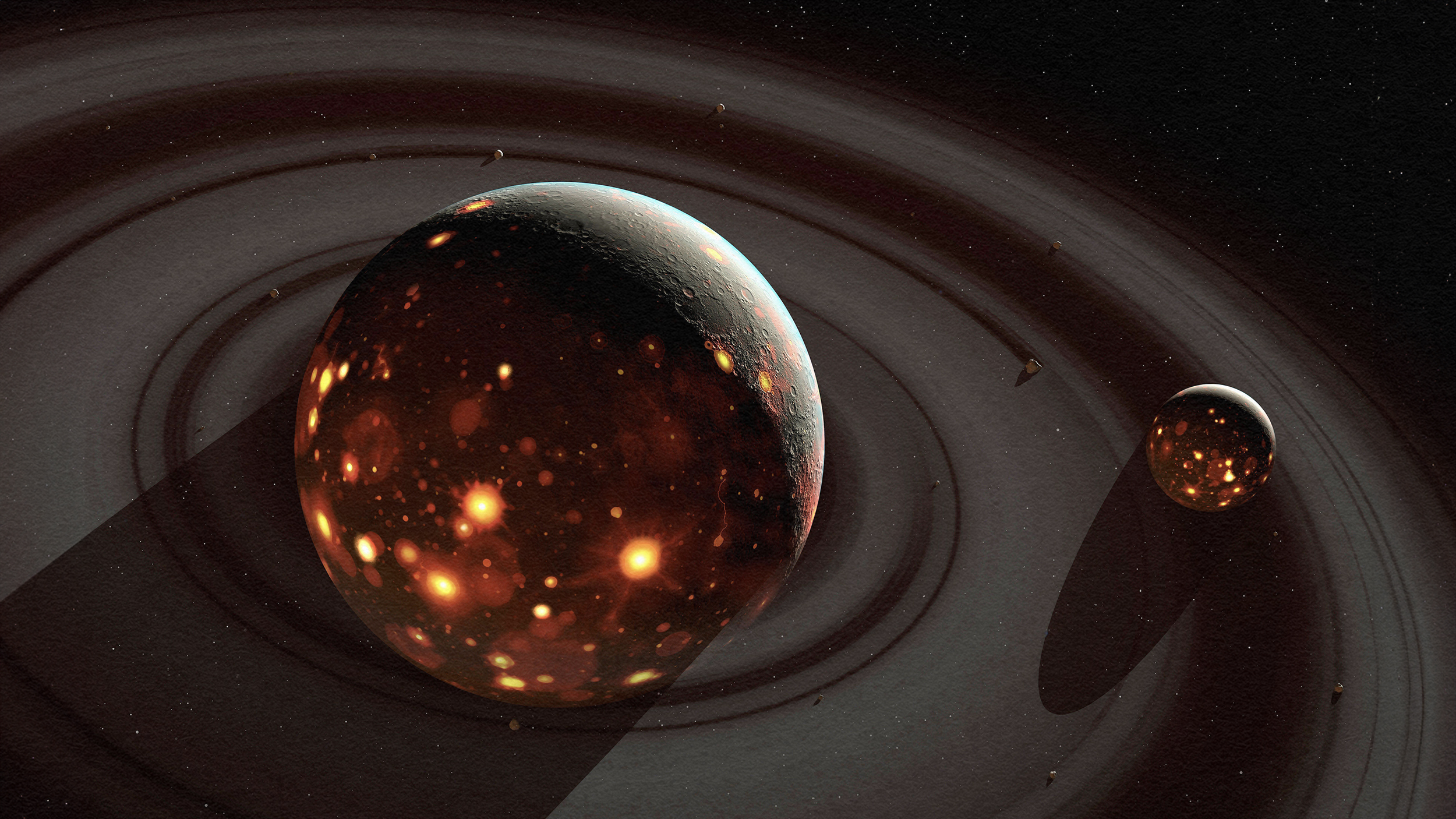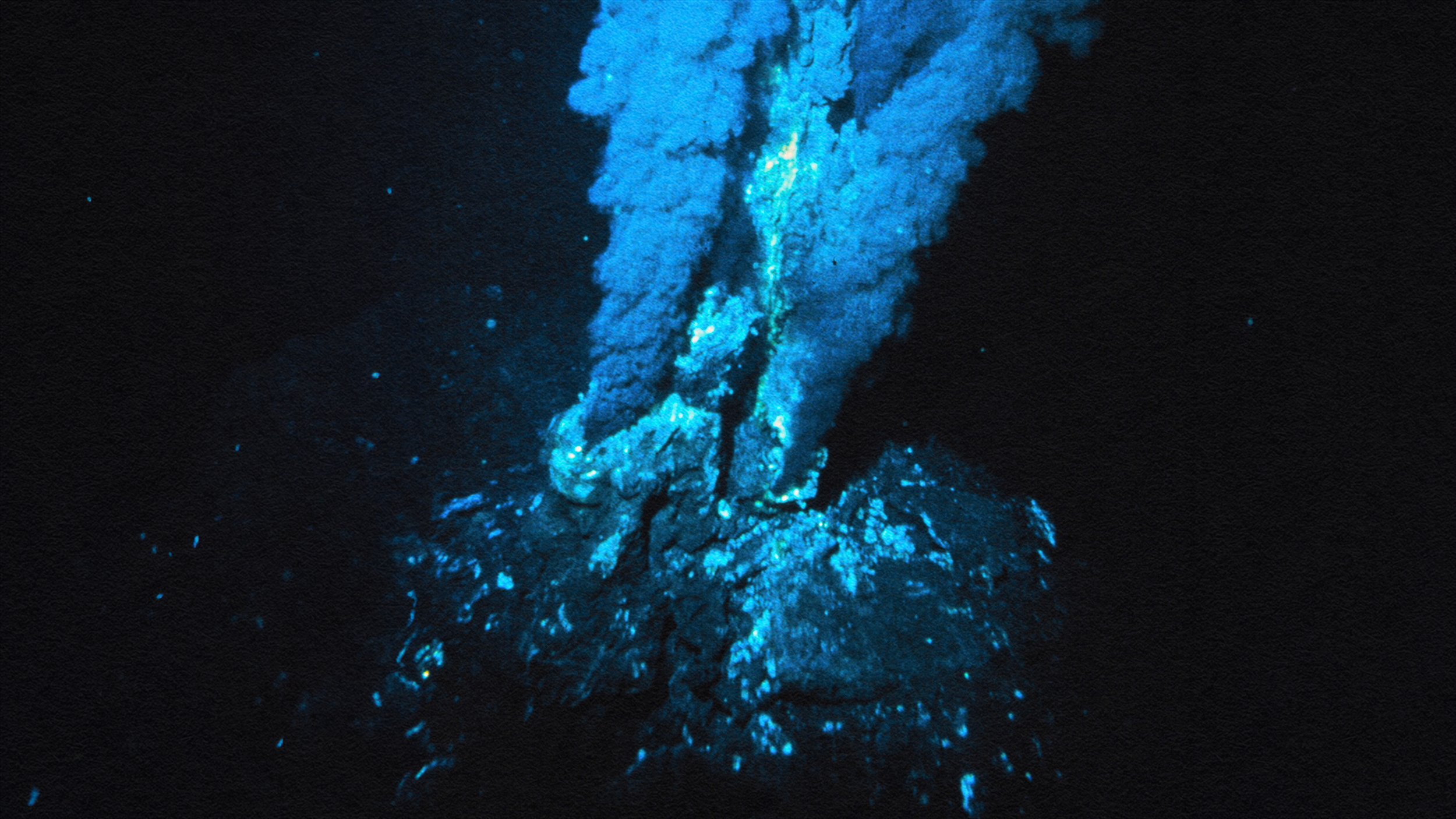Many planets will eventually be devoured by their parent star. For the first time, we caught a star in the act, eating its innermost planet!
Search Results
You searched for: sun
Straddling the bounds of science and religion, Newton wondered who set the planets in motion. Astrophysics reveals the answer.
From inside our Solar System, zodiacal light prevents us from seeing true darkness. From billions of miles away, New Horizons finally can.
Here in our Solar System, we only have one star: a singlet. For many systems, including the highest-mass ones, that’s anything but the norm.
A Carrington-magnitude event would kill millions, and cause trillions of dollars in damage. Sadly, it isn’t even the worst-case scenario.
Voyager 2 flew past Uranus in 1986, finding a bland, featureless world. Now, in 2023, JWST’s sights are similar. There’s a reason for that.
The mutual distance between well-separated galaxies increases with time as the Universe expands. What else expands, and what doesn’t?
As planets with too many volatiles and too little mass orbit their parent stars, their atmospheres photoevaporate, spelling doom for some.
Life arose on Earth early on, eventually giving rise to us: intelligent and technologically advanced. “First contact” still remains elusive.
For thousands of years, we puzzled at how far away the Moon was. Today we know its distance, at any time, to within millimeters.
The concept of the warp drive is currently at odds with everything we know to be true about physics.
Adams was infamously scooped when Neptune was discovered in 1846. His failure wasn’t the end, but a prelude to a world-changing discovery.
Our cosmic home, planet Earth, has been through a lot over the past 4.5 billion years. Here are some of its most spectacular changes
In a distant galaxy, a cosmic dance between two supermassive black holes emits periodic flashes of light.
In a recent paper, biologists outlined a three-part hypothesis for how all life as we know it began.
The last naked-eye Milky Way supernova happened way back in 1604. With today’s detectors, the next one could solve the dark matter mystery.
The nature of civilizational threats has changed in a mere decade.
The number of planets that could support life may be far greater than previously thought, a recent discovery suggests.
While humanity has been skywatching since ancient times, much of our cosmic understanding has come about only recently. Very recently.
Physicists recently created Coordinated Lunar Time, a time zone for our Moon.
In many ways, we are still novices playing with toy models seeking to understand the stars.
You can lead an overconfident chatbot to expert knowledge, but can it actually learn and assimilate new information?
The JWST’s observations of well-developed galaxies early in universal history may coincide with accepted astronomical theory after all.
Life arose on Earth very early on. After a few billion years, here we are: intelligent and technologically advanced. Where’s everyone else?
The stars circle each other every 51 minutes, confirming a decades-old prediction.
Rituals come as much from religion as they do from the way Earth spins around the Sun.
▸
4 min
—
with
The outer planets’ clouds hide the weirdness within.
The giant impact theory suggests our Moon was formed from proto-Earth getting a Mars-sized strike. An exoplanet system shows it’s plausible.
How can you “touch the Sun” if you’ve always been inside the solar corona, yet will never reach the Sun’s photosphere?
The European Space Agency’s Solar Orbiter recently captured images that could help scientists better under the mysterious physics of our Sun.




























